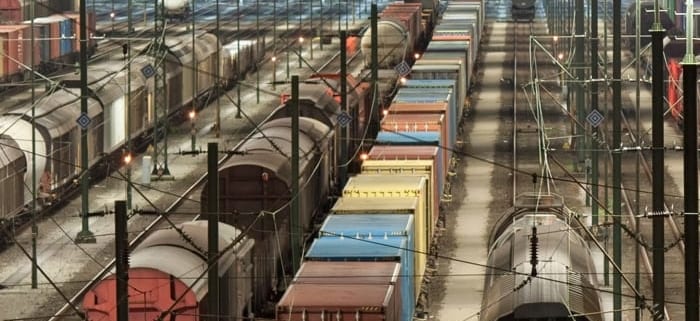Railroads Cost Decrease Significantly in 2020
Railroads Cost Decrease Significantly in 2020 – Far Reaching Affects
Freight expenses of the four major U.S. Class 1 railroads decreased an average of 9% over the first three quarters of 2020.
This drop in the cost per car for railroads moving traffic is impacting many shippers’ rail negotiations and the rates for their movements.
Fuel costs are the primary driver for the decrease in railroad expenses. The following graph shows that the average cost of fuel per car decreased 43% on the major U.S. railroads since the fourth quarter of 2019. This has been a major contributor to the 9% decrease in overall freight expense.

Costs Need to Take Center Stage in Negotiations with Railroads
When a railroad’s cost is decreasing, it is harder to justify an increase in rates. As a result, railroad’s cost of moving traffic is taking on more importance in many shippers’ preparations for negotiations. This issue is helping many shippers reduce the level of their rate increases. Thus improving their ability to obtain rate reductions on more traffic.
Rail Rate Checker (RRC) users are encouraged to use the SEC section of the program to see how your railroad’s cost of moving traffic is changing. This will quickly keep you up to date on the macro changes in cost, revenue and carloads on your railroads. Companies that do not have RRC should research the railroad’s filings to the Security and Exchange Commission (SEC) to keep current on this issue.
Rail Rates That Are Unreasonable Can Look Reasonable Without Taking Action
Most rail shippers calculate the railroad’s cost and Revenue to Variable Cost Ratio’s (RVCs) for their movements to help determine reasonable rates for their traffic. In doing this, shipper’s need to be aware that they must escalate the railroad’s cost to make them more current. If this is not done, the railroad’s cost for movements will be overstated and the RVC for movements will be understated. This will lead to faulty conclusions and improper rates for a shipper’s movements.
The most current costs submitted by railroads to the Surface Transportation Board are for the year 2019. The graph below tracks the average change in the four major U.S. railroads operating expense and fuel expense per car from the 1st Quarter of 2019. The graph shows that most of the cost decrease did not occur until 2020. This means that railroad’s 2019 costs will need to be escalated (actually de-escalated) in order to generate accurate results.

To generate accurate railroad costs for movements, Rail Rate Checker users need to make sure they use the “Escalate Cost” button when costing movements.
This will automatically escalate the railroad’s cost of your moves to the current quarter. Companies that do not have Rail Rate Checker will need to establish a process for adjusting their cost results.
Rail Rate Checker is part of the Rail Cost Control (“RCC”) system developed by Escalation Consultants to help shippers reduce rail expenses by managing costs and empowering negotiations. For more information about RCC and other related articles, visit the RCC Blog.”

